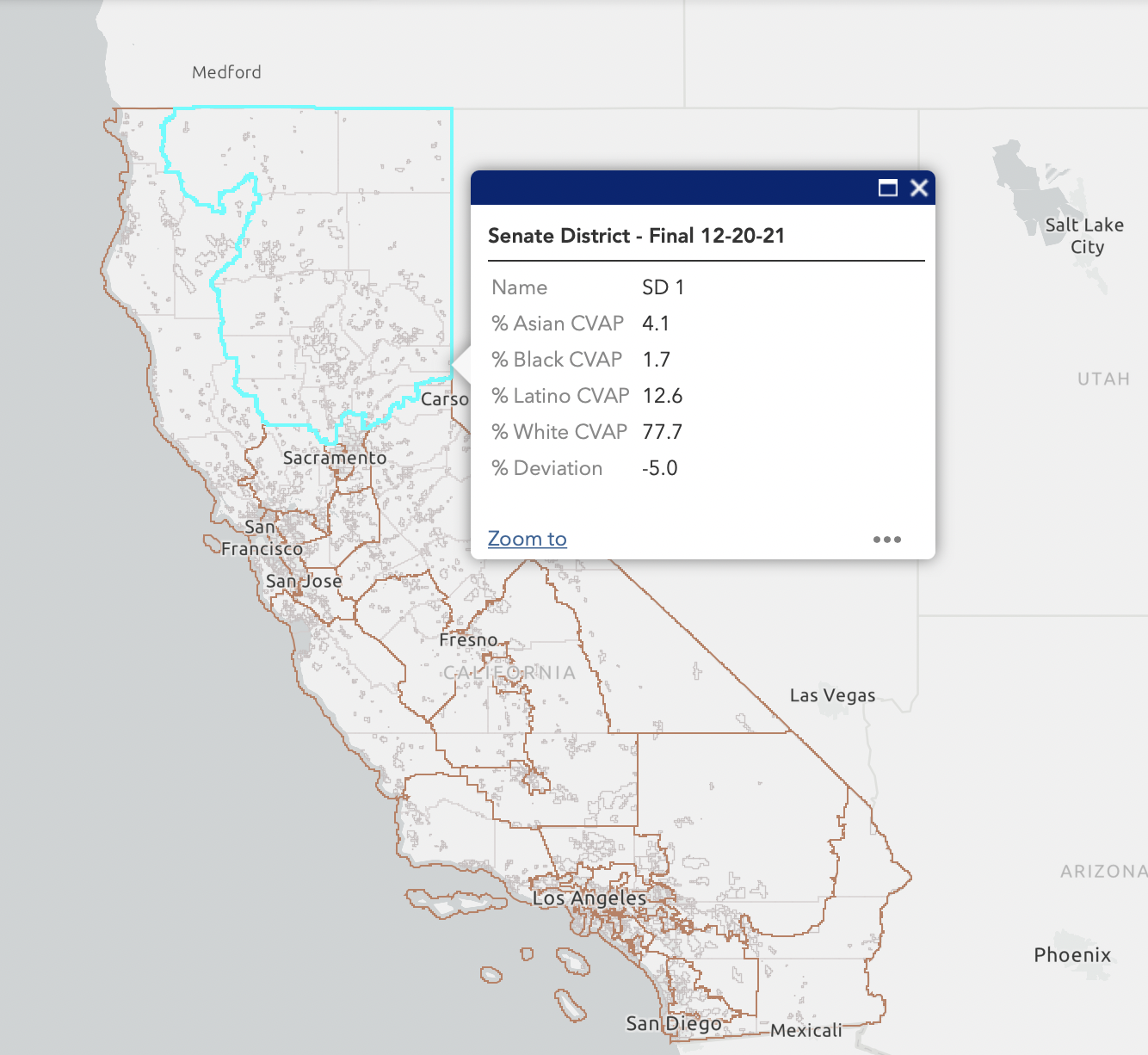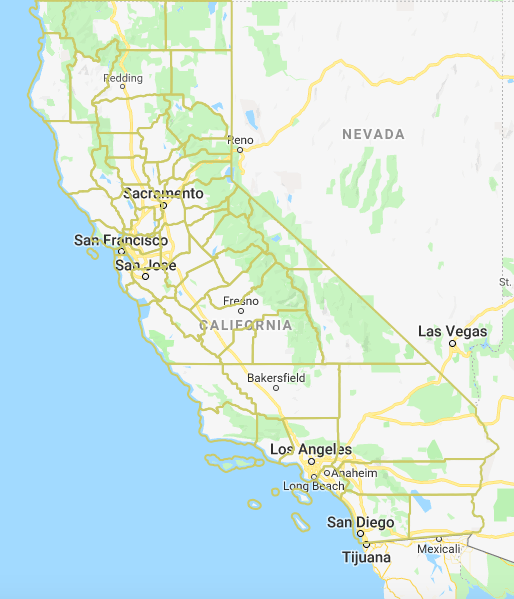
New 2023 Congressional district lines (red) over current district lines (purple). (Photo:wedrawthelines.ca.gov)
Californians Redistricted Out of Old State Senate Districts
Who do you call for constituent services?
By Katy Grimes, September 21, 2022 8:07 am
Were you redistricted right out of your old Senate district? With state Senate districts recently redrawn, new district lines take effect in a staggered manner – half of the districts taking effect immediately after redistricting, and the other lines taking effect two years later.
The new district lines for the state Assembly and U.S. Congress take effect at the next election.
The Commission was formed last year to redraw Congressional boundaries within California based on new 2020 Census data, the Globe reported in December 2021. While California’s population did grow by several million people since the 2010 Census, a slowdown in the latter half of the decade caused California to lose a Congressional seat. The Commission, when evaluating where the boundaries should go, eliminated a Los Angeles-area seat, the majority Latino 40th Congressional District.
Constituents in Senate District 4, for example, which some counties were moved into 2 to 3 other Senate districts, may now find themselves in the newly redrawn Senate District 1 – but won’t take effect until the 2024 Election.
We Draw The Lines has the final statewide and congressional district maps in an interactive format. Below is the new Senate District 1.

For constituents concerned about being redistricted right out of your old Senate district and now without representation until the 2024 election, your old Senator remains your representative.
The Senate Rules committee hasn’t weighed in on the newly drawn Senate Districts, so the 2013 rules remain.
The League of Women Voters explains:
In 2013, the state Senate set the following rules:
Due to redistricting, Senate districts have a unique issue that Assembly and Congressional districts do not have. Of the Senate districts established by the Citizens Redistricting Commission in 2011, only the odd-numbered districts went into effect for the 2012 election cycle. The new even-numbered districts will go into effect for the 2014 election cycle, and the even-numbered districts previously established by the 2001 redistricting will continue to exist until 2014. These unique circumstances create some areas of overlap between the old and new districts (“accelerated areas”) and some areas without coverage (“deferred areas”). For the 2013-14 Regular Session of the Legislature, each accelerated area essentially has two Senators representing the area and each deferred area has none. The Senate Committee on Rules will assign a Senator to provide appropriate constituent services to each deferred area. This is a normal consequence of the redistricting process.
Assuming that the Senate applies the same practice in 2023, Senators in even-numbered districts will be elected in 2022, and the Senate Committee on Rules will assign a Senator to each deferred area.
We Draw the Lines has links to all of the Congressional, Assembly and Senate maps:
CONGRESSIONAL
SENATE
ASSEMBLY
Here is the final Senate District map:

- ‘Fix Prop. 47’ Ballot Initiative is a Game Changer on Day 1 - April 19, 2024
- California Lawmaker Making the State More Hostile to Business - April 18, 2024
- California Democrats’ Backdoor Reparations Scheme - April 17, 2024





So the Senate Committee on Rules will assign a Senator to provide appropriate constituent services to each deferred area with the explanation that this is a normal consequence of the redistricting process? Why is this “normal?” The reality is that Democrats in the legislature don’t want to hear from their constituents? They just want to keep their constituents in the dark so they can impose their Marxist globalist agenda without any opposition?